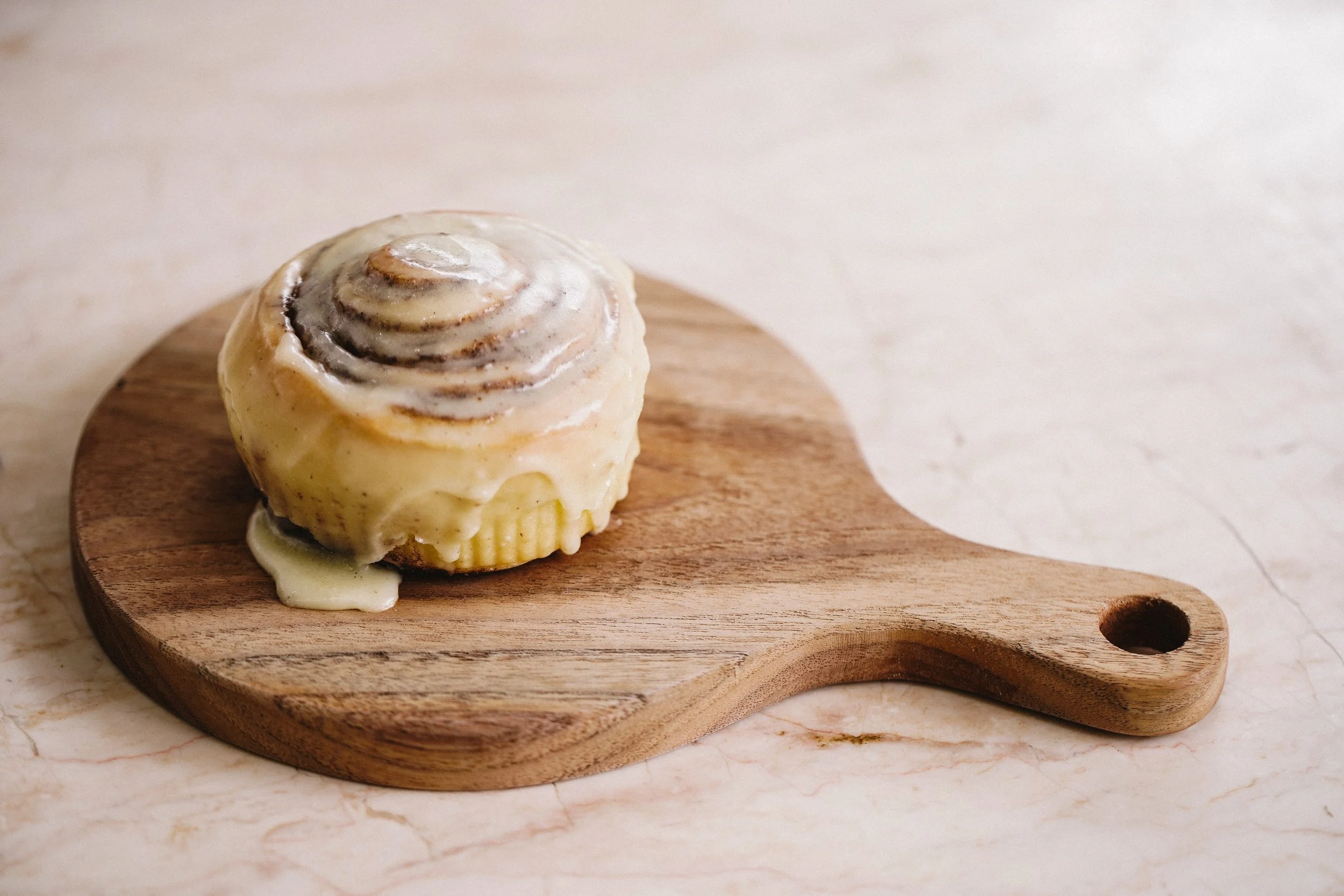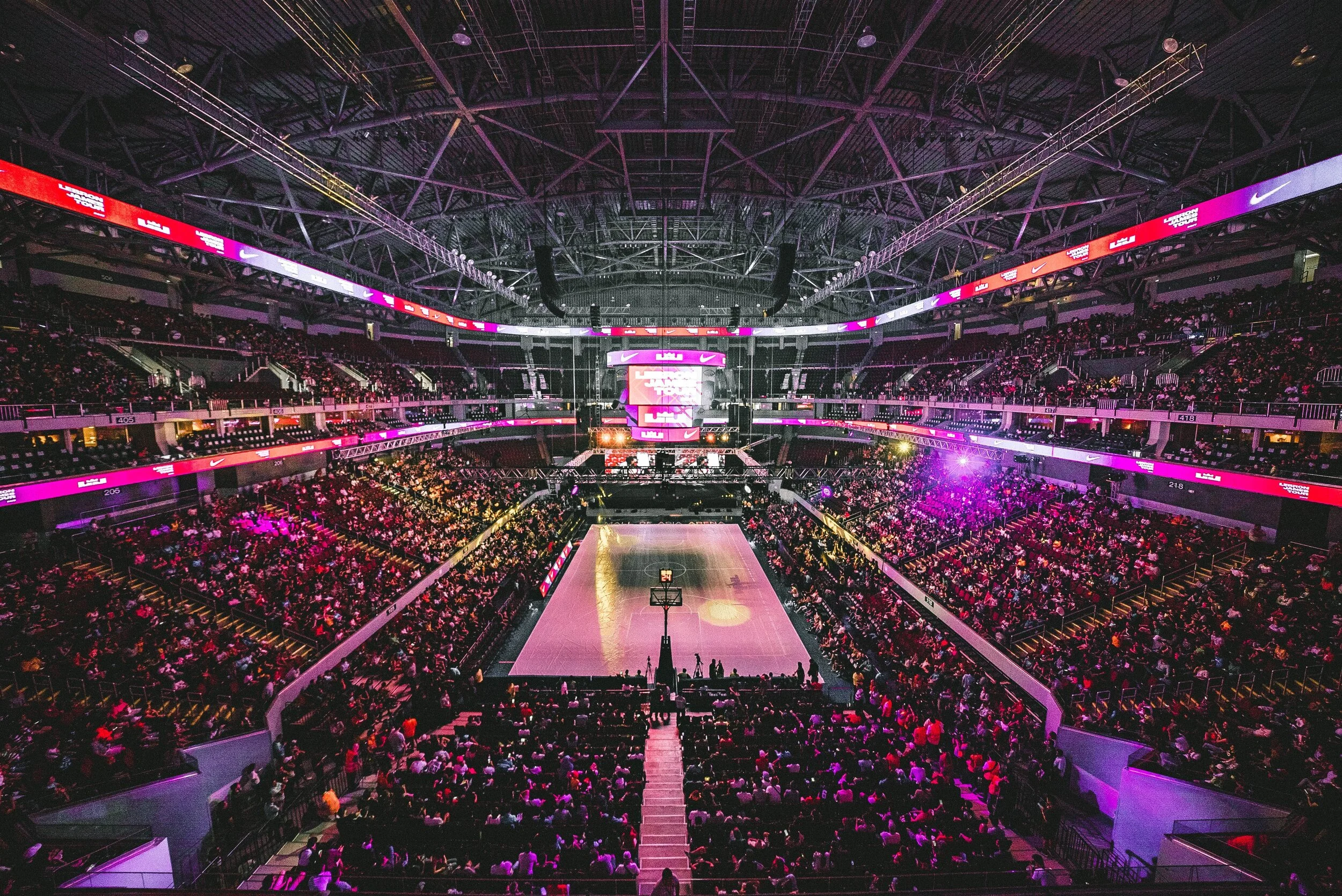Two Motivational Drivers To Improve Your Marketing

Marketing Tactics via Two Drivers of Motivations | Photo by Dim Hou on Unsplash
Take a minute and think of all the physical objects you own. What if I were to ask you to count them all, what would the number be? What if I asked you to destroy them all, how would you feel? A pretty aggressive request, no?
This is exactly what an artist named Michael Landy did in 2001. And his story perfectly illustrates the focal point of this lesson - motivations. This article will cover what the two consumer behavior motivations that marketers must know.
Back to Michael Landy. He spent months cataloging and gathering things he had owned over thirty seven years. In all, he owned seven thousand two hundred and twenty seven items. His ultimate goal was to destroy each and every one of them. The fascinating insight about behind Landy’s story is not the protagonist himself, but rather the onlookers who watched this man set ablaze to everything he owned.
It triggered an emotion nothing short of horror from the watchers. James Lingwood, the curator for the project, told the BBC that onlookers were “deeply unsettled and sometimes appalled to see the destruction of personal mementos, letters, photographs, works of art. That is deeply disturbing.”
Conversely, there are people opposite of Landy, hoarders. Hoarders save tons of worthless objects and are unable to part with anything they’ve brought into their house. Hoarding behavior is shockingly common, noted to exist in 2 to 5 percent of American adults. Entire houses can be literally filled with seemingly meaningless objects. Yet despite these piles taking over their lives, hoarders get incredible anxiety at even the thought of parting with so much as a pen they’ve never even taken out of the packaging.
Marketing According to Consumer Motivation
From Landy to hoarders, how can marketers understand this incredible spectrum of attitude and behavior toward owning things? The explanation comes down to two extremely rudimentary motivational elements in all of consumers: pleasure and pain. Consumers navigate life by making decisions that maximize pleasure and/ or minimize pain.
For Landy, the pleasure of a possession-free life was higher than the pain of burning his possessions. For hoarders, the pain of ridding themselves of their possessions is higher than the pleasure of a clean home. Consumers will often be function in ‘Landy-mode’ or ‘hoarding-mode.’
Marketers must understand the impact these motivations have on consumers. Putting it bluntly, the two fundamental drivers of consumer behavior are to seek pleasure and to avoid pain. While pleasure typically comes from the product, pain generally comes from various touch points before, during, and after purchase.
Marketers should put customer experience in a new context - pleasure seeking vs. pain avoiding. In which ways is your customer’s pleasure being maximized during their journey? And in which ways is the pain being minimized during their journey? If pleasure minus pain equals purchase, how well is your marketing team executing on the formula?
Written by Prince Ghuman
What’s Next?
The neuroscience of color has important implications for a wide range of fields, from design and marketing to health and wellbeing.
LeBron James' breaking of Kareem's record and the following interpretations illustrate the complex interplay between sports statistics and the psychology of statistics.
Memory is your brain’s attempt at connecting you to the past. Learn how memory can improve marketing!
This article will cover what the two consumer behavior motivations that marketers must know.
Learn a simply yet effective marketing strategy as it relates to system 1 & the law of least mental effort.
Moms know a thing or two about the psychology of guilt
Uncover the connection between the neuroscience of memory and emotion and learn how marketing can use it as a memory-booster.
Your brain is a relentless pattern-seeking machine. And these patterns affect consumer behavior in fascinating ways for marketers to note.
Since the brain has declared vision as the VIP amongst senses, you’ll never go wrong by finding more ways to be visual in your marketing.
Everything in marketing comes down to the brain, yet marketers don’t study brains.
The carrot needs to be dangling continuously.
Which of the following hits you harder: losing something or gaining something?
What if I were to tell you that you and everyone else you know is blind AND are entirely unaware of the blindness?
Attention is currency. Attention is a business model. But what is attention, really?
Find out the 3 crucial influences of a company revealing the gender pay gap on consumer behavior.
In 2003, everything changed with “1000 songs in your pocket”.
Find out why smell is to memories what a summary is to books.
What’s the best marketing strategy to make consumers more sustainable?
Can fashion be inclusive? Is fashion truly diverse?
How does the visual salience of credit card features affect consumer decision-making?
The habit of eating the same food for breakfast is pretty common. Why?
Associations are so deeply ingrained in us that we’ve devised “relationships” with definite expiration dates.
The constant chase of happiness in travel has a name. And we’ve been walking over it since.
Why do marketers project personal preferences onto consumers?
Could technology and virtual crowds be one of the NBA's most important plays?
Find out why minimalism is a life-long journey, not a destination.
Why are we so curious about fashion outfits we’ll never wear?
Customers become territorial as they “claim” spaces to work. How and why does this happen?
References
Knutson, B.; Rick, S.; Wimmer, G.E.; Prelec, D.; Loewenstein, G. Neural Predictors of Purchases. Neuron 2007, 53, 147–156.
































Dive into the fascinating intersection of psychology and marketing and how to use psychological biases in marketing strategy.